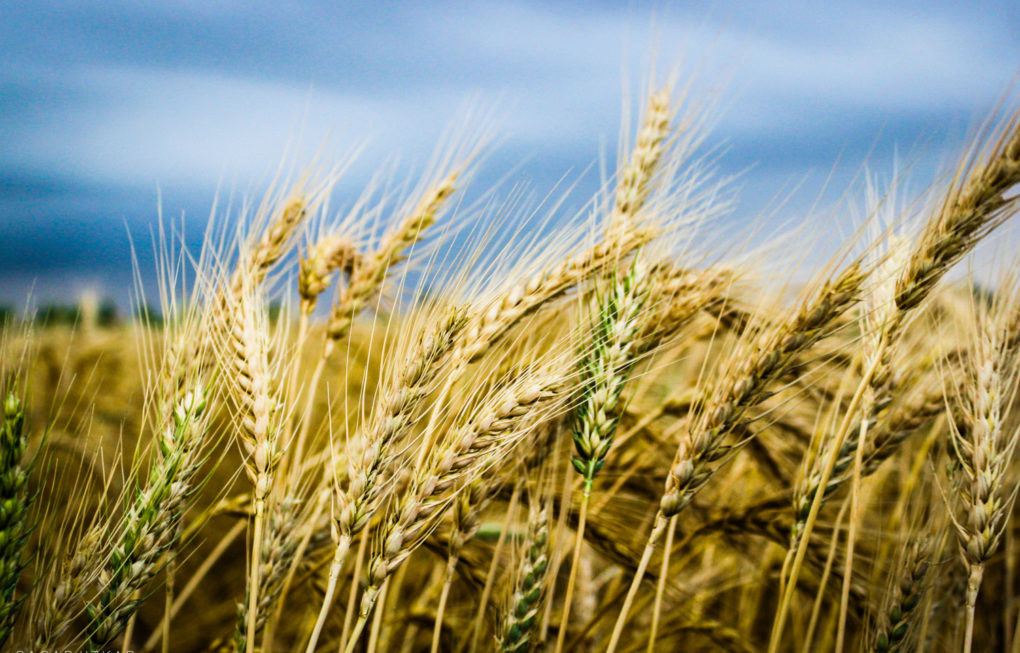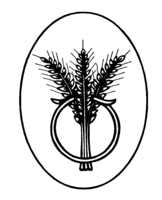Dr. Vladimir Kricsfalusy
Associate Professor, School of Environment and Sustainability
Affiliate, Prairie Centre for the Study of Ukrainian Heritage
Russia’s aggression of Ukraine resonates with most people on the planet. This war reminds
all of us that democracy and peace are not a given, and that we should be ready to sacrifice for
them. The resistance Ukrainians are showing is a great example of what it is like to fight for
freedom, against tyranny and imperialism. The West and countries around the world are united
in standing up for Ukraine — not just for Ukraine, but for the principles of democracy and the
rule of law.
As a person who lived in the former USSR under the communist regime, I know well what
oppression means. And I hope the West continues to support Ukraine and do what they can to
stop Putin. His regime is dangerous not only for Ukraine, but for the entire world including the
Russian people. If we do not stop this aggression now, it will be even harder to fight later.
I was very sad to hear that all the natural and biosphere reserves in Ukraine, which I visited
with a PhD student from the School of Environment and Sustainability a few years ago, are
under occupation now. Russian’s tanks and other military vehicles crush fragile grasslands in
the Ukrainian steppe (prairie), wheat fields became terrain for military operations, and the
fertile chornozemic (black earth) soil became a battleground. It is hard to watch this
devastation happening in the steppe – the cradle of the Ukrainian nation.
The Ukrainian steppe represents a rich cultural legacy spanning almost eight millennia. It
formed an important component of the modern nation’s DNA. The steppe is closely related to
issues of cultural wealth and history, and is broadly reflected in folklore, art and songs. The
wide-open space of the steppe is exclusively associated with the free life of the Zaporizhian
Kozaks. The steppe was also the place where traditional trade and crafts were established, and
where cultural traditions and habits evolved. The final waves of colonization of the steppe,
exploiting its rich chornozem, iron ore and coal deposits, happened in the 16th-18th centuries.
Due to the agricultural revolution on the steppe, Ukraine, in a short period of time, became the
“breadbasket” of Europe.
Due to political discrimination against ethnic and religious minorities by the Russian Empire
during the 19th century, tens of thousands of people (Ukrainians, Poles, Jews, Germans,
Mennonites, Hutterites, Doukhobors, and others) left the Ukrainian steppes to open up the
Canadian prairie frontier. These hardworking settlers brought their agricultural expertise,
seeds, and lifestyle to tremendously enrich the agricultural and cultural fabric of the Canadian
prairie provinces. Many plant species from the Ukrainian steppe have become important forage
and crop plants in the Canadian prairie. This significantly contributed to the settlement of the
prairie and sparked an economic boom in Canada. By the middle of 20th century Saskatchewan
became the new “breadbasket” – the largest wheat producer in the world. Indeed, the steppe
and prairie have been a blessing for both Ukraine and Canada.
Clearly, there are close connections and deep ties between the Ukrainian steppe and the
Canadian prairie, and between these two nations. That is why the brutality of the war in
Ukraine especially resonates in Saskatchewan. Here on the prairies, we honour the victims of
the senseless and tragic war that Putin has unleashed in Ukraine, and we do everything possible
to support the people of Ukraine and help them win. This is a battle of democracy versus
authoritarian rule and we in the free world must make sure freedom will triumph.
Ukraine is going to prevail. It is only a matter of time. I am absolutely sure that one day I will
be back in the Ukrainian steppe to see it flourishing and free. As it was and will always be.
Grasslands are resilient, if given the chance for recovery… just like the people of Ukraine.

